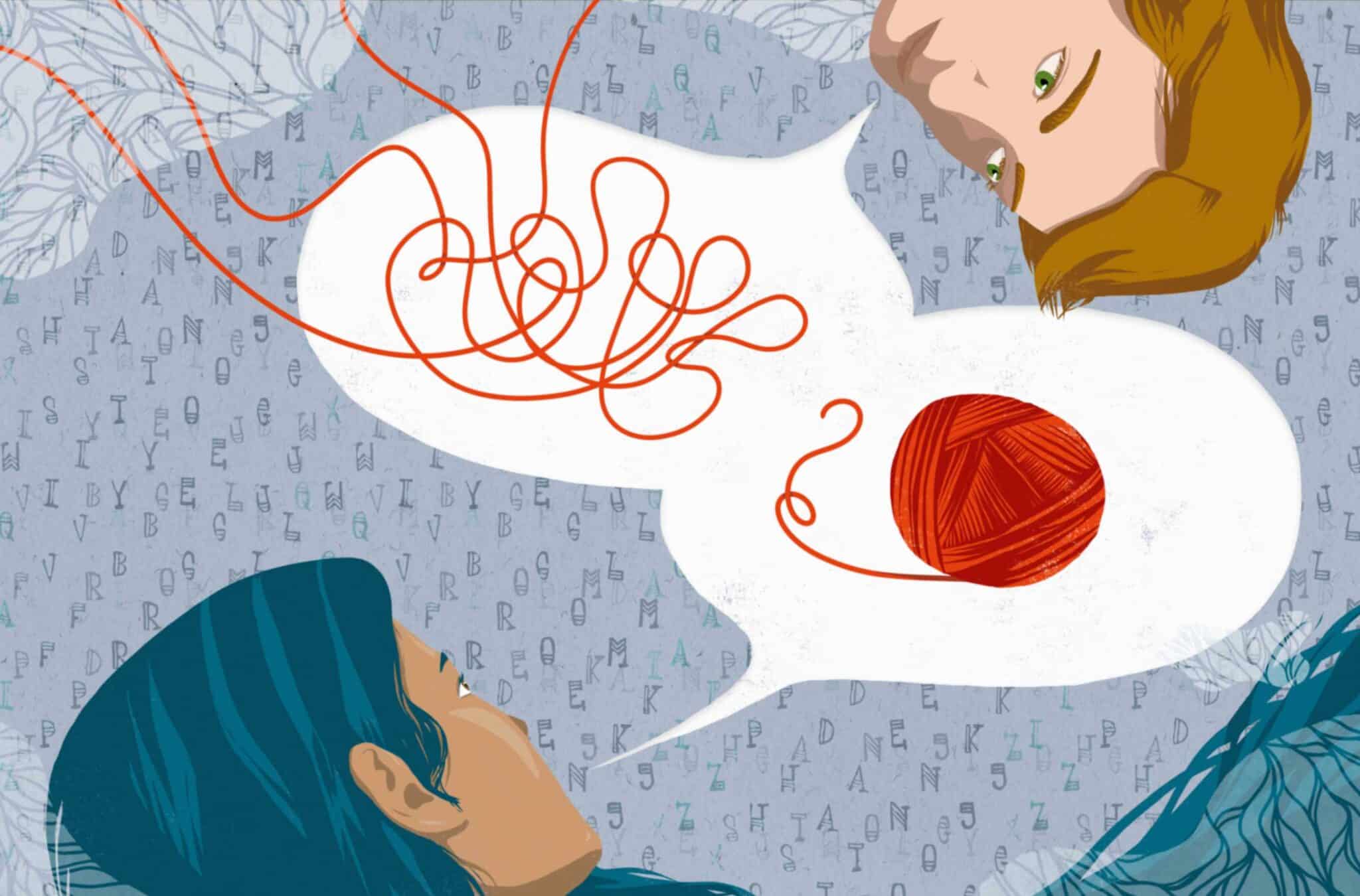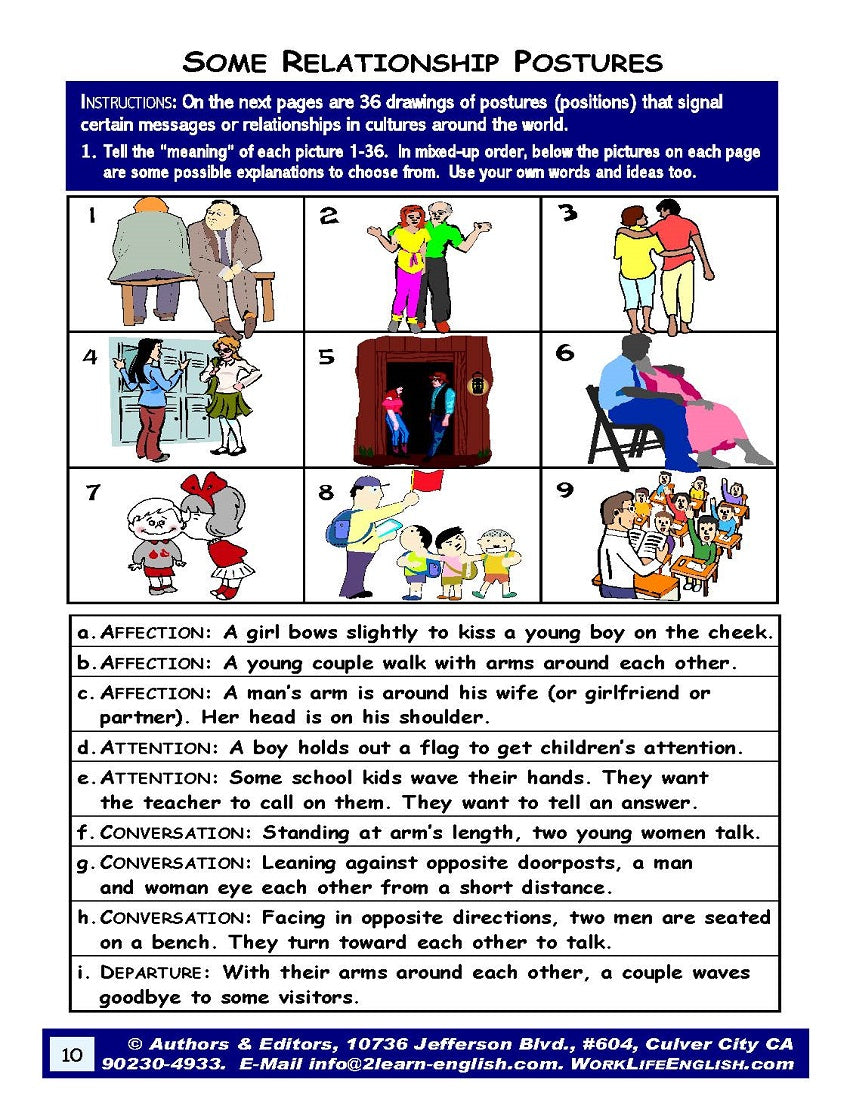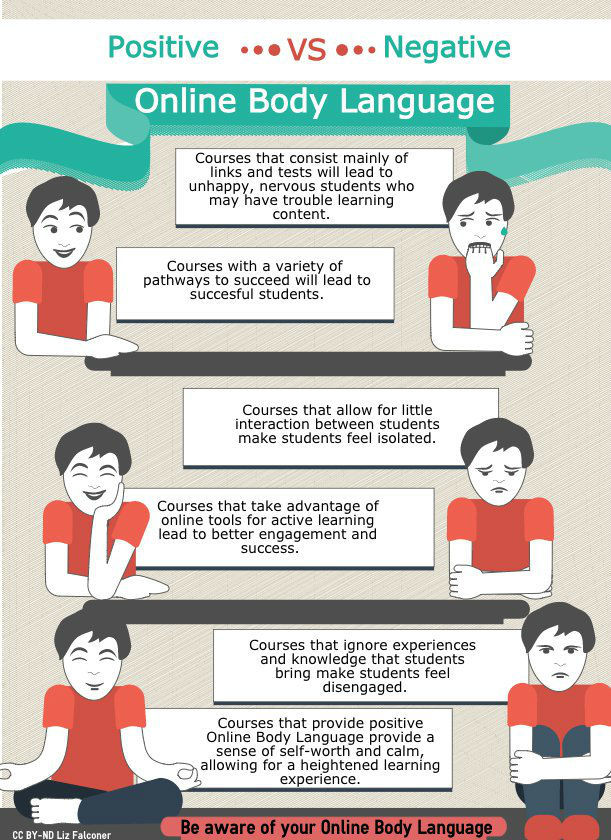What is the Meaning of Body Language in a Relationship
Body language plays a crucial role in any relationship. It often speaks louder than words.
Understanding body language can enhance communication and strengthen bonds. In relationships, subtle gestures and expressions reveal true emotions. These non-verbal cues can indicate affection, discomfort, or even deception. By paying attention to body language, partners can gain deeper insights into each other’s feelings and thoughts.
This awareness helps in building trust and intimacy. It ensures that both partners feel understood and valued. So, what exactly does different body language signify in a relationship? Let’s delve into the meaning behind these silent signals and discover how they impact your connection.

Credit: www.helpguide.org
Importance Of Body Language
Body language is a way to talk without words. It shows feelings and thoughts. Smiles mean happiness. Frowns mean sadness. Eye contact shows attention. Lack of it shows disinterest. Touch can show love. Or even comfort. People often use hands to talk. Waving, pointing, and gestures. All these are body language.
Good body language helps in understanding. It builds trust. Bad body language can hurt feelings. It can cause misunderstandings. Hugging, holding hands, or even a pat on the back. These actions can bring people closer. Avoiding eye contact or crossing arms. These can create distance. So, body language matters a lot in relationships.

Credit: www.helpguide.org
Types Of Body Language
Facial expressions show our feelings. A smile can mean happiness. A frown can show sadness or anger. Raised eyebrows can express surprise. Eye contact is important. It shows we are listening. A nod can mean we agree. Facial expressions tell a lot without words.
Gestures are movements we make with our hands. A wave means hello or goodbye. Crossed arms can show we are upset or not open. Thumbs up means good job. Posture is how we sit or stand. Sitting up straight shows we are interested. Slouching can mean we are tired or bored. Our body speaks in many ways.
Positive Body Language
Smiles show happiness and warmth. Eye contact means interest and trust. Nodding shows agreement and understanding. Open arms welcome and invite closeness. Leaning forward shows attention and care. Touching gently can comfort and connect. Mirroring actions builds a bond. Relaxed posture means comfort and ease.
Holding hands builds a strong connection. Sitting close shows comfort and security. Soft touches express love and care. Sharing a hug creates warmth and safety. Facing each other shows interest and engagement. Smiling often brings joy and happiness. Gentle strokes calm and soothe. Whispering secrets builds trust.
Negative Body Language
Crossed arms can show a person feels closed off. Fidgeting might mean they are nervous. Avoiding eye contact often suggests discomfort or hiding something. A forced smile can indicate they are not happy. Tight lips usually point to tension. A stiff posture means they are not at ease. Quick nods or limited head movements can show impatience.
Clenched fists can be a sign of anger. Rolling eyes shows disrespect or annoyance. Sighing loudly often means frustration. Pointing fingers can be aggressive. Sudden movements might mean they are upset. Turning away from someone shows avoidance. Narrowed eyes suggest suspicion or doubt.
Reading Your Partner’s Cues
Noticing body language can help understand feelings. Look at facial expressions. They can show happiness or anger. Watch hand movements. Crossed arms might mean discomfort. Open arms could show trust. Pay attention to eye contact. It can mean interest or avoidance. Learn their habits. Changes might signal something is wrong. Patterns help in understanding without words.
React calmly to body language cues. Show care and understanding. Nod to show you are listening. Smile to comfort them. Give space if they seem uncomfortable. Offer a hug if they need it. Match their energy. If they are quiet, be quiet too. Talk gently about any worries. This builds trust and connection.
Improving Body Language
Being aware of your body language is very important. Look at how you stand and sit. Notice your facial expressions. Watch how you use your hands. These small things can tell a lot. They show how you feel. They show what you think. Being aware can help you communicate better. It can make your relationship stronger.
Use positive body language to show you care. Smile often. Make eye contact. Nod your head to show you understand. Keep your body open. Do not cross your arms. Lean in when your partner talks. Touch gently to show affection. These actions can build trust. They can make your bond stronger. Practice these signals every day. They will become natural over time.
Body Language And Trust
Body language can show trust. Open arms and eye contact help. Smiling also shows trust. Leaning in shows interest. Nodding your head means you agree. A relaxed posture shows comfort. Touch can also build trust. Holding hands or a gentle touch helps.
Body language can fix trust issues. Be open and honest. Avoid crossing arms. Make eye contact. Smile gently. Nod to show you understand. Touch can heal too. A hug or handhold helps. A calm voice is also important. Speak softly and kindly.
Cultural Differences
Body language varies across cultures. A smile can mean different things. In some places, it shows happiness. In others, it might hide discomfort. Eye contact is another example. In some cultures, it shows confidence. In others, it may be seen as rude. Personal space also differs. Some people stand close. Others prefer to keep a distance. Knowing these differences helps in relationships.
Respecting cultural diversity is vital. Always be aware of your partner’s background. Ask questions if unsure about their body language. Respect their comfort zones. Misunderstandings can happen. But, open communication helps. Learning about different cultures builds stronger bonds. It shows care and respect. Small gestures can make a big difference.

Credit: worklifeenglish.com
Frequently Asked Questions
What Is Body Language In A Relationship?
Body language in a relationship refers to non-verbal signals. These include gestures, facial expressions, and posture. These signals help convey emotions and intentions.
How Important Is Body Language In Relationships?
Body language is crucial in relationships. It helps partners understand each other better. Misinterpretation can lead to misunderstandings and conflicts.
How Can Body Language Improve Communication?
Positive body language, like eye contact and smiling, enhances communication. It shows attentiveness and interest, strengthening the bond between partners.
What Are Common Body Language Signs Of Love?
Common signs include prolonged eye contact, touching, and open body posture. These signals indicate affection and interest in a partner.
Conclusion
Body language plays a crucial role in relationships. It helps express feelings without words. Understanding these signals can strengthen connections. Simple gestures, like eye contact or a smile, convey trust and affection. Misreading body language can lead to misunderstandings. Pay attention to your partner’s non-verbal cues.
This enhances communication and trust. Building awareness of body language fosters healthier interactions. Make an effort to observe and respond to these signals. Your relationship will benefit greatly.



